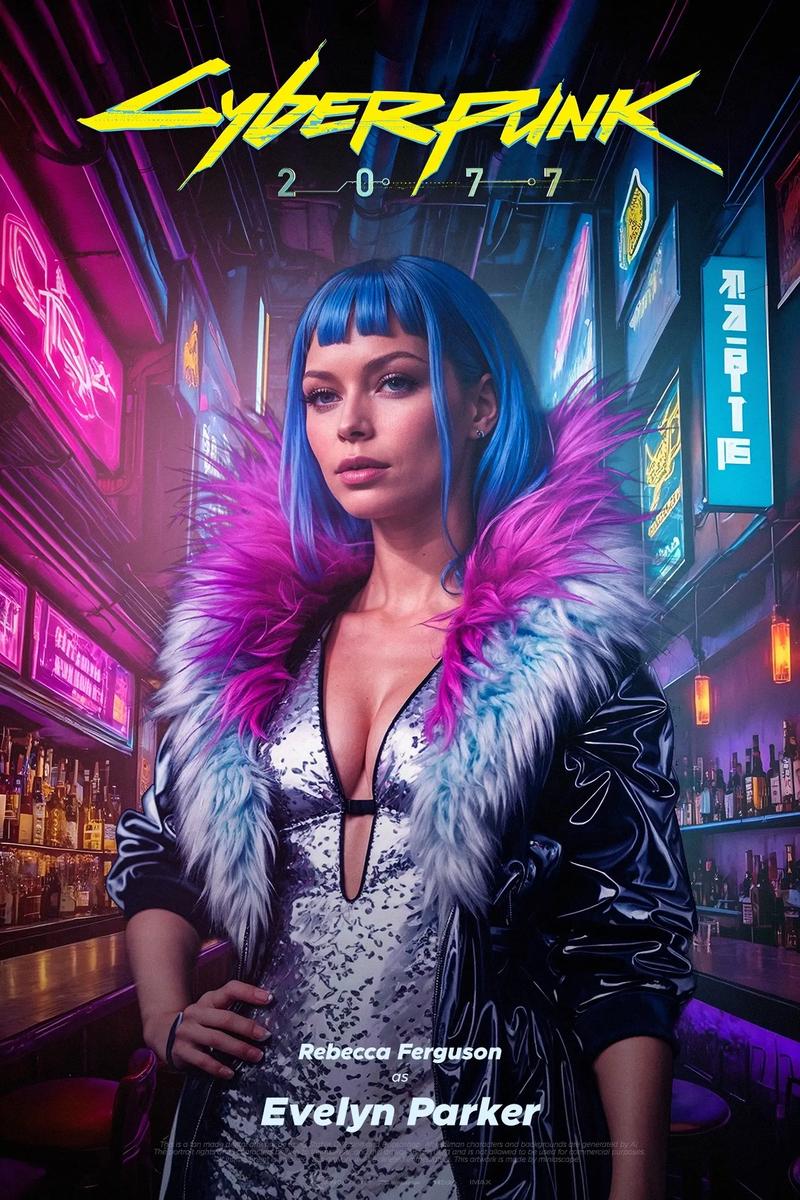Of all the resurrections in the modern gaming landscape, few were as surprising as that of Prince of Persia. After a decade-long slumber, the beloved franchise did not return with a lavish, AAA 3D adventure, but with a bold, side-scrolling reinvention. Prince of Persia: The Lost Crown, developed by Ubisoft Montpellier—the studio behind acclaimed platformers like Rayman Origins—took a monumental risk. It eschewed the expected path and plunged headfirst into the densely populated and critically discerning Metroidvania genre. The result was not just a successful revival but a masterpiece that was met with widespread critical acclaim, celebrated not merely as a great Prince of Persia game, but as one of the finest Metroidvanias of its generation.
The initial reveal was met with a mix of curiosity and skepticism. The shift from a 3D action-adventure focus to a 2.5D perspective was jarring for some, and the introduction of a new protagonist, Sargon, left fans wondering about the connection to the iconic Prince. However, this skepticism began to evaporate as previews and reviews poured in. The critical reception was overwhelmingly positive, with praise coalescing around several key pillars: its inventive movement, its respectful yet innovative take on the series' lore, its challenging but fair combat, and its masterclass in Metroidvania world design.
Central to the acclaim is the game’s phenomenal movement system. Ubisoft Montpellier’s expertise in fluid animation and precise platforming is on full display. Controlling Sargon is an absolute joy. He is incredibly agile, with a responsive jump, a swift air dash, and a range of acrobatic attacks that make traversal feel as engaging as combat. This is crucial in a genre where backtracking through familiar environments is a core loop. The Lost Crown ensures that simply moving through the cursed Mount Qaf is a constant pleasure. The game introduces time-based powers that seamlessly integrate into both platforming and puzzle-solving, hearkening back to the franchise’s roots while feeling perfectly at home in the Metroidvania structure. Abilities like the Shadow of the Simurgh, which allows Sargon to place a temporal anchor and instantly return to it, are not just upgrades; they are revolutionary tools that open up new layers of environmental puzzle-solving.
This world design has been singled out by critics as some of the most player-friendly and inventive in recent memory. Mount Qaf is a sprawling, interconnected map filled with hidden chambers, elusive treasures, and deadly obstacles. Where The Lost Crown innovates is with its approach to guidance and accessibility. The game offers an optional "Memory Shard" system, allowing players to take screenshots of unreachable areas and pin them to their map, creating a personalized checklist of secrets to investigate later once the requisite power is acquired. This simple feature elegantly solves one of the genre's common pain points—the frustration of forgetting where a tantalizing secret was spotted hours earlier. Furthermore, the game provides a wide array of difficulty and accessibility options, allowing players to tailor the combat challenge, platforming precision, and puzzle complexity to their liking. This inclusive design philosophy was widely praised for welcoming both Metroidvania veterans and newcomers without compromising the experience for either.
The combat system complements the stellar platforming with depth and intensity. Sargon’s dual blades allow for fluid combos, parries, and special Athra Surge abilities. The combat demands precision, especially against the game’s spectacular and demanding boss fights. These encounters are highlights, requiring players to learn attack patterns, perfect their parry timing, and utilize their entire kit to emerge victorious. They are challenging in the best way possible—feeling insurmountable at first, but ultimately fair and immensely satisfying to conquer. This balance between challenge and reward is a hallmark of great game design and was a consistent point of praise in reviews.
Beyond its mechanics, the game was applauded for its compelling narrative and aesthetic presentation. Sargon proves to be a charismatic and worthy new hero, and his journey through the time-cursed mountain to rescue the kidnapped Prince Ghassan is filled with intriguing twists and memorable characters. The art style, utilizing a vibrant color palette and a striking contrast between the lush Persian-inspired designs and the corrupted, eerie environments of Mount Qaf, creates a visually distinct and memorable world. The soundtrack, blending traditional Persian instrumentation with dynamic combat themes, further immerses players in the mythos.
In the final analysis, the reception of Prince of Persia: The Lost Crown can be defined as a triumph of quality and confidence. Critics and players alike recognized it not as a lesser spin-off, but as a heartfelt and expertly crafted love letter to the core tenets of the original games—acrobatics, time manipulation, and Persian mythology—reimagined through a Metroidvania lens. It demonstrated that a franchise’s spirit is not tied to a specific perspective or protagonist, but to the quality of its design and the respect for its legacy.

The game’s critical success sent a powerful message: in an industry often obsessed with graphical fidelity and cinematic scale, there is immense value in focused, ingenious, and impeccably polished gameplay. The Lost Crown earned its crown not by resting on past laurels, but by daring to forge a new path. It stands as a benchmark for franchise revitalization and a new gold standard within the Metroidvania genre, a title that will undoubtedly be remembered and referenced for years to come as an example of how to modernize a classic with intelligence, style, and unwavering respect for the player’s time and skill.














